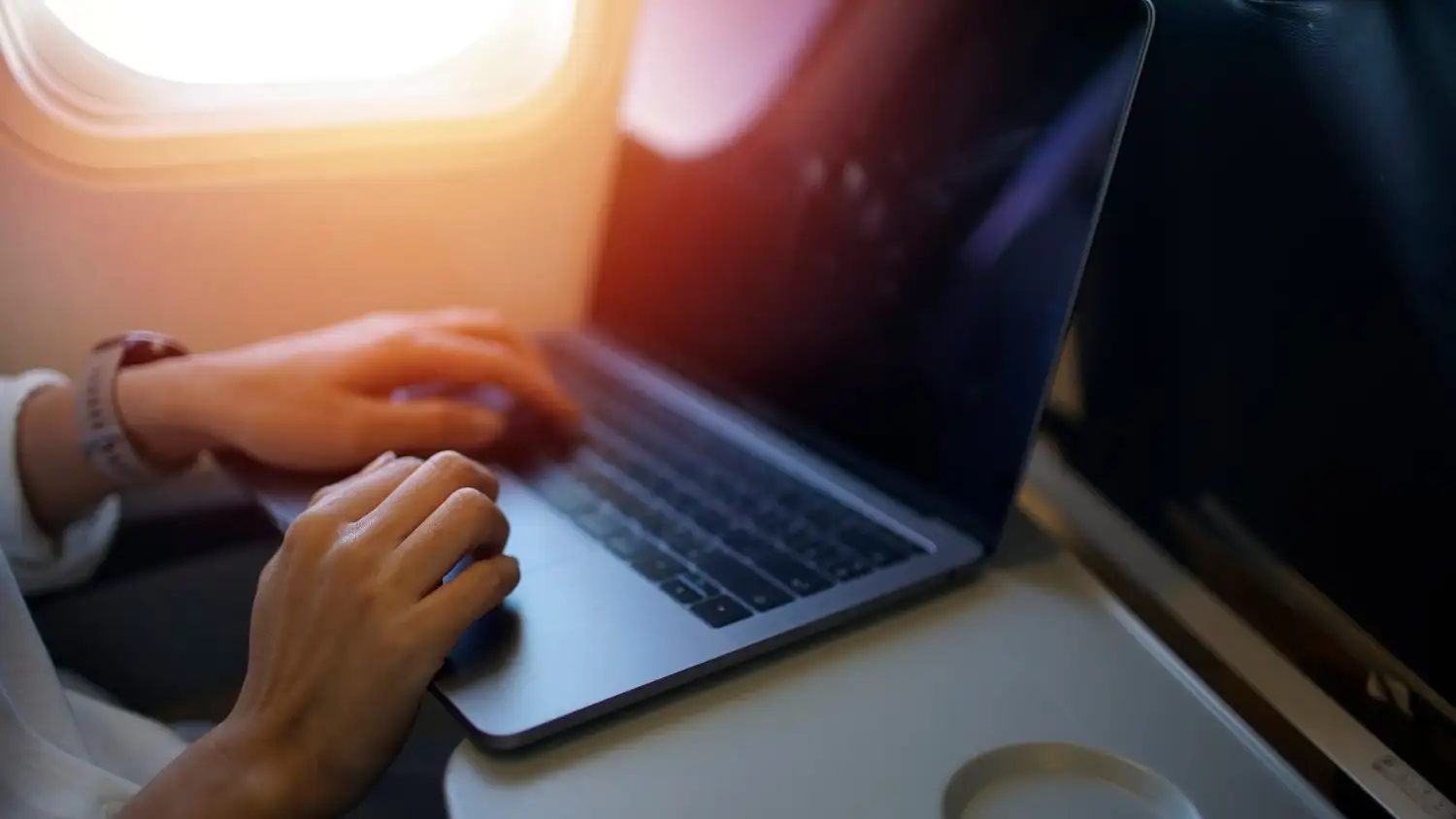Yes, you can bring a laptop on a plane, and it’s common for travelers to carry their laptops for both work and entertainment. Whether you’re flying for business or leisure, here’s a detailed guide on how to carry and use your laptop during your flight.
Laptop in Carry-On or Checked Luggage?
While you can technically place your laptop in either your carry-on bag or checked luggage, it’s always best to store it in your carry-on. Not only does this allow for easy access during security screenings, but it also protects your laptop from potential damage or theft that could occur in the cargo hold. A carry-on also ensures you can keep the laptop in sight throughout your journey.
Security Screening and Airport Procedures
When you go through security checks at the airport, you will be required to remove your laptop from your bag and place it in a separate bin for inspection. This is to ensure it doesn’t contain anything suspicious and is properly scanned by the security machines. Depending on the airport and security protocols, you might be asked to power on your laptop briefly, so be sure it has enough charge to do so.
Tip: To speed up the process, keep your laptop easily accessible when approaching the security checkpoint.
Using Your Laptop During the Flight
Once you board the plane, most airlines allow you to use your laptop after the seatbelt sign turns off. However, it’s important to be aware of airline-specific rules regarding laptop use. You’ll need to ensure your laptop is in sleep mode or powered off during takeoff and landing.
Some airlines offer in-flight Wi-Fi, allowing you to use your laptop for work, streaming, or browsing, while others may restrict electronic use during certain parts of the flight. Always follow the crew’s instructions on when to use your devices.
Storing Your Laptop in Checked Luggage
Though it’s permitted to place your laptop in checked luggage, it’s not recommended due to the potential for damage. The cargo hold of a plane isn’t as well-regulated in terms of temperature and pressure, and your laptop might be at risk of getting damaged during the rough handling of luggage. Plus, there’s always a risk of theft from checked luggage, so it’s safer to keep your laptop in your carry-on bag.
Battery Considerations
Many airlines have specific rules regarding the battery of your laptop. Typically, lithium batteries (like those used in laptops) must be carried in your carry-on bag and should not be packed in checked luggage. Be sure to check with the airline’s guidelines on battery size limits to avoid any issues during security checks.
Offical Website – Link
Final Thoughts
Bringing a laptop on a plane is absolutely allowed, but it’s essential to store it in your carry-on bag for ease of access and protection. Always follow the airline’s rules regarding laptop use during the flight, and be prepared for the security process at the airport. By following these tips, you can ensure a smooth travel experience with your laptop. Safe travels! ✈️💻
FAQs :
-
Can I bring my laptop in my carry-on?
Yes, you can bring your laptop in your carry-on. It’s recommended to store it there for easy access during security checks and to keep it safe from potential damage. ✈️💻
-
Can I take a laptop on a flight?
Yes, you can take a laptop on a flight. It should be placed in your carry-on bag for easy access during security checks and while onboard. ✈️💻
-
Is a laptop part of 7kg hand luggage?
Yes, a laptop typically counts as part of your 7kg hand luggage allowance. However, many airlines allow laptops to be carried separately, so it’s best to check the specific airline’s policy. ✈️💻
-
Why are laptops not allowed on planes?
Laptops are generally allowed on planes, but there may be restrictions during certain phases of the flight, like takeoff and landing. They could be banned in the cargo hold due to fire risks from lithium batteries. Always follow airline guidelines for safe use. ✈️💻
